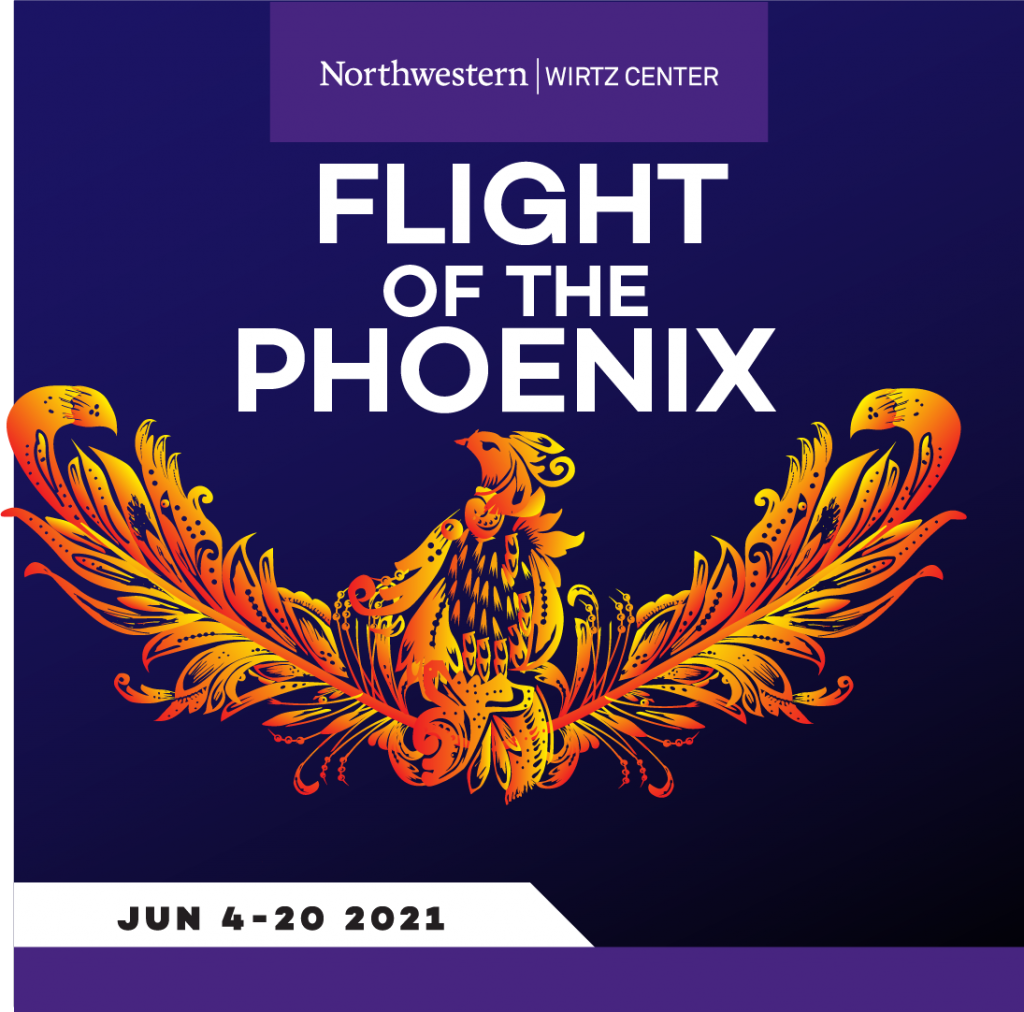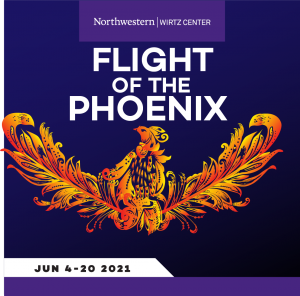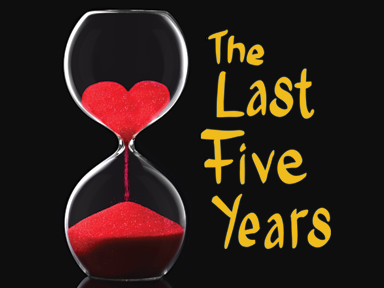
 Enchantment came to the shores of Northwestern University’s Evanston campus when huge, whimsical, soaring birds took flight in early June along Chicago’s lakefront as part of a “celebration and transformation” called the “Flight of the Phoenix.” Directed by Dassia Posner and Jessica Thebus, this theatrical event was an outdoor happening sponsored by the Wirtz Center for the Performing Arts. Members of the theatre department gathered together to create a dance replete with original puppetry that depicted both the phoenix and real flocks of resident and migrating birds that live along Lake Michigan. Led by the enormous fire wyrm rising from the ashes, puppets of Canada geese, barn swallows, kestrels, seagulls, great blue herons, and red-winged blackbirds hovered over socially-distant rows of puppeteer-dancers, who took to the lakeside parklands and footpaths in festivity.
Enchantment came to the shores of Northwestern University’s Evanston campus when huge, whimsical, soaring birds took flight in early June along Chicago’s lakefront as part of a “celebration and transformation” called the “Flight of the Phoenix.” Directed by Dassia Posner and Jessica Thebus, this theatrical event was an outdoor happening sponsored by the Wirtz Center for the Performing Arts. Members of the theatre department gathered together to create a dance replete with original puppetry that depicted both the phoenix and real flocks of resident and migrating birds that live along Lake Michigan. Led by the enormous fire wyrm rising from the ashes, puppets of Canada geese, barn swallows, kestrels, seagulls, great blue herons, and red-winged blackbirds hovered over socially-distant rows of puppeteer-dancers, who took to the lakeside parklands and footpaths in festivity.
People from the theatre’s design department built these huge puppets within their dorm rooms and kitchens as they remained in relative social isolation from their fellows during the pandemic. Each puppet resembled a cross between a Chinese dragon and a piñata: all having a papier mâché bird head and body and some type of fabric (perhaps sailcloth or heavy cotton?) for their wings and made to be held up in the air with one or more tall sticks. The parade of these whimsical creations was accompanied by eight musicians playing (what seemed to be) Native American-inspired music. The entire exhibition was, in fact, a hopeful declaration that we are finally advancing beyond the worst of COVID-19 and its indoor restrictions.
The pageantry was recorded live. The result is a 17-minute edited version, complete with an introductory narrative, that is now a video-on-demand on YouTube. In addition to featuring the Evanston performers, the video included puppeteers who danced with their handiwork from diverse locations like Pittsburgh, Pennsylvania, and Seoul, South Korea.
As pretty and theatrical as the display was, what would have helped was better-quality sound design for the video. The live music was good but too soft, and prerecorded music at a decent volume was subsequently dubbed in. Additional post-production work involved providing explanatory narration, which, to my mind, could have been a part of the original performance.
With the enduring artform of puppetry bridging the mythological phoenix and actual species of birds, it’s the story behind this venture that’s really important, namely, the freedom represented by these winged creatures. The point of this effort was not just to cheer people up or raise their spirits, but birds are symbolic of how our higher selves can take flight and lift us above despair. While we humans are rooted to the ground and to the pandemic, these birds are free to fly, and our hopes and dreams rest upon their wings.
For those of you who have visited Evanston’s Northwestern campus, watching the barn swallows flit across the lakefront can be mesmerizing. The bits of sticks, mud, and clay from which they fashion their nests within the cracks of campus buildings makes us think about the boundary between civilization and our environment. Thus, in my opinion, bird-themed poetry would have enhanced this performance. The program could have very easily included, for example, the last stanza of the poem “The Blue Swallows” by Howard Nemerov:
O swallows, swallows. Poems are not
The point. Finding again the world,
That is the point, where loveliness
Adores intelligent things
Because the mind’s eye lit the sun.
The irony is that the actual barn swallows on campus are not blue in color, and yet the puppet designers made them blue. Could this have been an unspoken nod to this poem? For that matter, the color choices for the birds were not always true to form (and the kestrel looked too much like a fish); but then again, this outdoor spectacle embraced another type of theatre and another type of stage: with the aim of bringing together the human community. As for the colorful emblematic birds, I am sure they were more than thrilled to flock together and join the cacophony.
“Flight of the Phoenix” can be found for FREE on the Northwestern/Wirtz Center YouTube Channel. The video is playing on-demand through June 20, 2021. Go to:
https://www.youtube.com/watch?v=T7BsWkbTFy8
For more information, please refer to the following article:
https://news.northwestern.edu/stories/2021/06/phoenix-spectacle-expresses-the-grief-and-resilience-of-a-transformative-year/
For other shows being offered by the Wirtz Center, please visit: The Wirtz Center YouTube channel: https://www.youtube.com/channel/UCN4wwbcrH37vYklzPXQHqtw.
You may also contact the (virtual) box office at wirtz@northwestern.edu or call 847-491-7282 Tuesdays and Wednesdays from 11 a.m. – 4 p.m
Donations are welcome!
P.S. The correct name for the bird is Canada Goose, not Canadian Goose. It’s a common mistake. One of my Canadian friends always laughs and says that to be a “Canadian Goose”, the bird has to declare its citizenship and have a passport when it flies to America.






More Stories
“The Firebugs” reviewed by Julia W. Rath
“The Book of Grace”
“The Last Five Years” MILWAUKEE